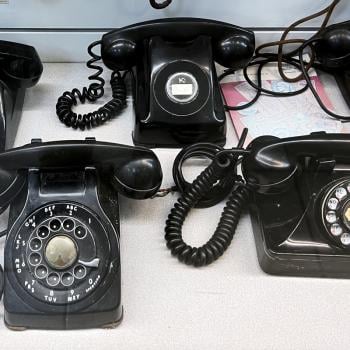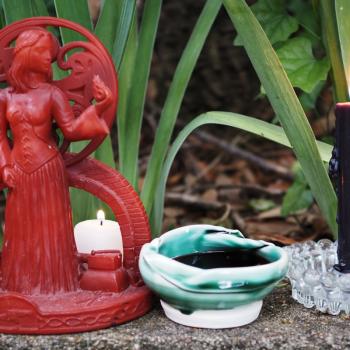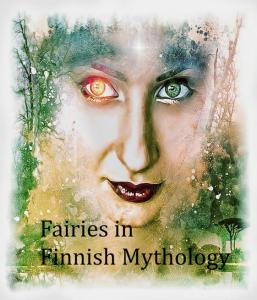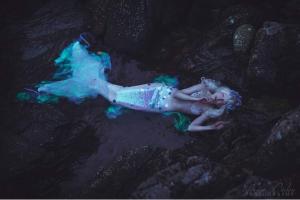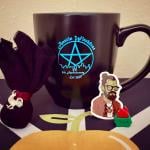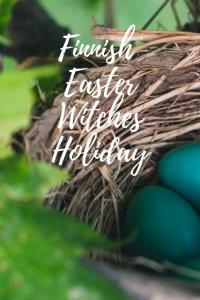
Day of the Snakes
In Pre-Christian times people across the northern hemisphere celebrated the spring equinox between the 19th and 23rd of March. In Finland, Spring Equinox was known as Matopäivä the day of the snakes. Mato in old Finnish meant both snake and worm and everything that slithered. It was believed that on the day of the spring equinox snakes and worms woke up from hibernation. There are several myths in Finnish folklore telling how snakes came to be and according to one version Akka the earth, the goddess was the one who created the snakes. During spring equinox Akka the earth woke up and all the snakes came out to dance in her honour. The origins of Akka and the snake cult most likely were brought by the Baltic tribes that arrived in what is now known as Finland about 7000 years ago mixing together with the already existing Saami population. Similar snake worship can be found in Latvia, Lithuania and Estonia and it seems to have been very common in all Baltic countries in the past. In Lithuania snake was worshipped as one of the most sacred totem animals and it is very likely that the goddess Akka was inspired by Zemyna, the Lithuanian goddess of the earth.
Superstitions
It was forbidden to let animas out to the fields during the spring equinox because people believed that fields were filled with dancing snakes. Spring Equinox was a day when hunters and fishermen build small traps and fishing nets from willow twigs. People made lots of weather forecasts on the spring equinox. If there was a full moon on the night before Matopäivä. The next day would be sunny but there would be frost during the night. There were lots of taboos connected to this day. Women were not allowed to do any chores that had something to do with snakes or handle objects that looked like worms or snakes, like sewing, spinning or even baking. Breaking this taboo would have been offensive towards the snake spirits. If taboos were broken, next summer tons of snakes would come and bite the people and the animals. Many families had lyylieläin, a wild animal which was half domesticated. It could have been a cat, deer or a snake that lived on the farm but was free to go as it pleased. If the pet was a snake people would give it milk and take good care of it. People believed that there was powerful protective magic in the snakes because they had the access to the underworld to meet their ancestors. The snake was a deliverer of hidden knowledge.
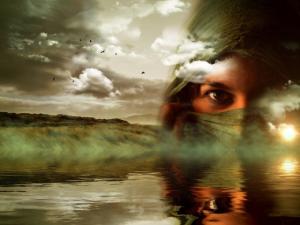
Protection From Evil Eye
When Christianity arrived in Finland first in the form of Catholicism and later on as Lutheranism Easter got many new meanings and superstitions. One of the weirdest customs that I´ve come across has to do with Maundy Thursday. In Finnish Maundy Thursday is Kiirastorstai and kiira was an evil spirit of envy. People believed that if they were not on good terms with their neighbours they might send them kiiras to steal their luck. To protect themselves they took a sleigh and put all kinds of metal objects into the sleigh and into their pockets. They would hang a cowbell into their neck and pull the sleigh around the house while chanting protection spells at the same time. This custom was called kiiranajo. It is possible that this custom comes from the time period when pagan folk magic emerged in Catholic traditions. Sometimes incense was burned in the sleigh and driving the kiiras away became a purification ritual. The closer we come to modern times kiiranajo became a custom that was to mimic the sufferings of Jesus carrying the cross. This custom is not practised in modern-day Finland and in fact, most Finns haven´t ever heard of it.

Very long Friday
The four Days of Easter from Maundy Thursday to Easter Sunday were known as Piinaviikko the pain week. After the reformation in the 16th century, Finland became a Lutheran country and the Finnish Lutheran church has been often accused of highlighting such things as misery, suffering of Jesus, regression and self-loath during Easter and this has made psychological damage to many older Finnish generations. Good Friday was known as Pitkäperjantai the long Friday. It was called that because people just wanted the day to end. It was forbidden to laugh, make visits, cook food on the stove or make fire (people only ate cold foods) and parents were allowed to spank their children.
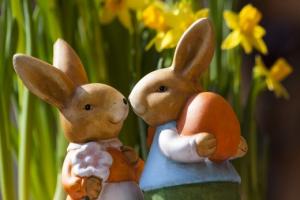
Magical Saturday
Good Friday was followed by Easter Saturday which in Finland was known as Lankalauantai (the string Saturday). Since according to the Bible nothing special was happening on Saturday it became the witch´s day and it was filled with divination, superstitions, spells and magic. Predictions were made to find out who was going to get married, who was going to have babies, how the crop would grow and so on. Spells that were performed during the night between Saturday and Sunday, standing on a crossroads of three roads during a full moon were extremely powerful. In many cultures, autumn time is especially connected to witches but in Finland and other Scandinavian countries spring is the time of witches and in the old times it was believed that witches were most powerful around Easter.
Symbolism of Eggs
Holy Sunday was the end of fasting. Good food was served and people were allowed to eat as much as they wanted. In the old days, eggs were sacred food and in Finland, eggs were only to be found during spring and summer. Egg hunting predates way before the modern-day commercial Easter. There was one funny superstition about how to find eggs. A person had to go to the cowshed, touch the testicles of a ram or a goat while chanting and then they would know where to find eggs. Another superstition was that if a person went to get water from the spring on Easter morning before crows made any noise and then would wash their face, they would remain strong and fresh for the rest of the year.
Decorations
In modern-day Finland, there are lots of decorations connected to Easter. International symbols of Easter like baby chickens, eggs and bunnies are popular. One of the most common Finnish Easter traditions which originates from eastern Finland is picking willow twigs. Willow twigs are decorated with colourful ribbons and feathers. Sometimes eggs that are painted with watercolours are attached to the twigs as well. Willow twigs were originally used as wands in pagan rituals and in folk magic. In Eastern Finland where religion was a mixture between pagan customs and Russian Orthodox people used willow twigs in Orthodox rituals to bless the fields.
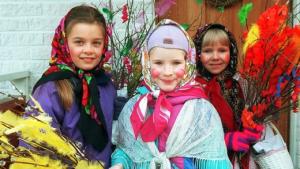
Little Witches
One of the most fun and interesting Finnish Easter traditions is Easter witches. Tradition is 200 years old and originally came to Finland from Sweden in the 18th century and it is still a very popular tradition in western Finland. Easter witch is known as trulli which comes from the Swedish word trollan meaning troll or a tiny witch. On the morning of Palm Sunday children dress up as trulli. They put on very colourful skirts and scarves (both boys and girls) and some paint freckles to their faces. Trulli´s have copper coffee pots where they store all the sweets and candy they get. Tradition is a bit similar to the American Halloween trick-or-treat tour. Kids go in groups from house to house exchanging decorated willow twigs for money and sweets. They cast a little spell with the twig.
Virvon varvon tuoreeks terveeks, tulevaks vuodeks, vitsa sulle, palkka mulle
(I will make a spell for you to ensure good health for the coming year, a twig for you, the reward for me).
When I was a child dressing up as trulli was the best part of Easter. Many times I and my friends planned carefully our route and went to the houses where we knew there were the best candies. In most parts of Western Finland Palm Sunday is the day when trulli´s are on the move but depending on the area witching day can also be Easter Saturday or Holy Sunday.


